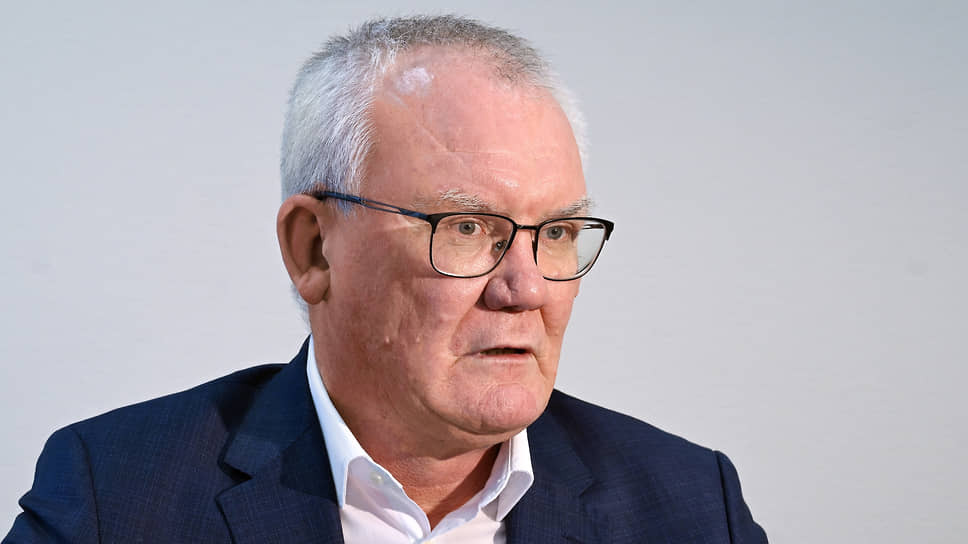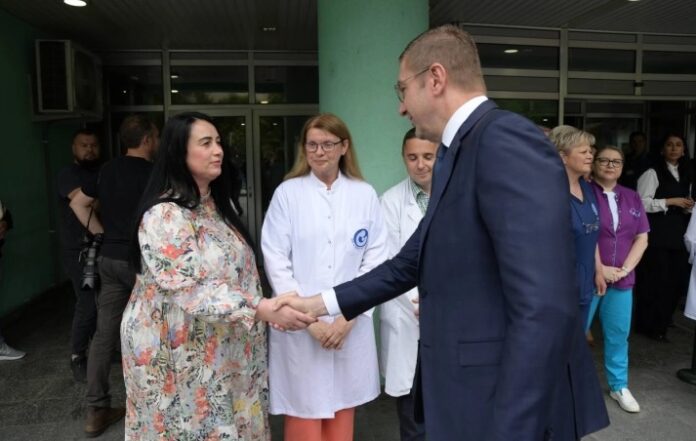Russian issuers continue to place local currency bonds

Since the beginning of the year, about three dozen deposits of foreign currency bonds in the amount of about 600 billion rubles took place. (in equivalent). Along with large exporters of paper, small companies with transactions to $ 50 million are also placed. The placement of such issues allows issuers to significantly reduce the cost of the debt compared to ruble borrowing. Their main buyers are small investors – banks and institutional investors prefer emitted bonds of higher credit quality.
Russian issuers continue to massively place local currency bonds. According to the chief analyst in the debt markets of the Region BC Alexander Ermak, from the beginning of 2025 29 bond outputs in foreign currency (excluding replacement bonds) totaling almost 600 billion rubles. (in equivalent). Including 11 issues for 18.84 billion CNY, 16 issues of $ 4.14 billion, one issue of € 0.35 billion and one issue of 19 million AED were placed. Among the issuers, Norilsk Nickel, Gazprom Capital, Rusal, Siber, Novatek stood out.
However, small companies also showed interest in placing currency papers. Since March, three such issuers have placed local currency bonds: “KLS-trad” (three-year-olds, 39.5 million CNY, coupon 17% per annum), “agro grain south” (three-year-olds, for $ 20 million, coupon 15% per annum), “polyplast” (two-year, $ 58 million, coupon 13.7% per annum). In April, the placement of Auto Mine company (17 million CNY, 21% per annum) ended in December 2024. In the near future, the company « Invest-KC » ($ 25 million, 13% per annum) is being prepared for entering the debt market.
According to experts, for issuers of any credit quality, the placement of currency bonds decides the issue of reducing the cost of duty servicing.
According to Alexander Ermak, in the current market conditions, ruble rates for issuers of the third echelon are in the range of 25–27% per annum, for highly profitable bonds (along) 28–30% per annum. That is, nominal rates are almost twice as high as the cost of foreign exchange financing. “Currency issues allow you to reduce the size of the coupon, although demand compared to ruble placements seems more modest,” said Robert Smakaev, head of the Department of Commercial Bank Markets.
Previously, the placement of foreign currency bonds was the destiny, first of all, large export -oriented companies, as well as banks. This was dictated primarily by the high requirements for the volume of the transaction (over $ 100 million) and the credit quality of issuers, since foreign banks were the main organizers, and the placements were carried out on the foreign market. “In the middle of the zero companies interested in foreign exchange financing in the size of $ 50-100 million, resorted to the release of CLN (credit notes. « Kommersant »), who, in turn, were interesting to the small Western hedge funds and management companies, ”explains Eduard Dzhabarov, head of the Sberbank capital market.
However, since February 2022, international markets have been closed to Russian issuers, and foreign investment banks left the domestic market. The issuers began to focus on internal demand, which, due to the increased role of private investors, became more loyal to credit risk. At first, this contributed to the surge of placements along, the volume of which, according to the Ivolga Capital, amounted to almost 55 billion rubles in 2024 – five times higher than the two -year -old indicator. In 2025, against the backdrop of reducing the rates of foreign exchange bonds of the first echelon, investors began to look closely at the more profitable papers of the third echelon.
“When the profitability of the corporate issues of the first echelon with a duret of up to three years is significantly lower than 7% per annum, investors are ready to take on credit risk in the segment of high -profit instruments in return for two -digit rates,” said Eduard Dzhabarov.
The issuers of such papers also meet investors – they reduce $ 10 and 100 CNY, while in large companies it is $ 100 and 1000 CNY. In addition to the monthly coupon payment (actual standard for foreign exchange papers), a shorter period or depreciation payments are set. As a result, many private investors participated in many transactions. According to the Moscow Exchange, more than 11 thousand transactions took place for the production of Poliplast, 1.55 thousand transactions according to KLS-Trade bonds.
In connection with the preserved high cost of bank loans and ruble bonds, as well as the need for companies to finance interest in the release of foreign exchange bonds, including through small borrowers. “We expect the main growth in the number of issuers from customers in different industries with export revenue, for example, from metallurgy and chemical industry,” said Artem Starikov, managing director of DCM Alfa Bank. However, the main volumes will remain with high credit quality companies. As Robert Smakaev notes, the main consumers are customers of Wealth Management departments of leading banks and a number of institutional investors who are “interested in currency profitability at a low or moderate level of credit risk”.







